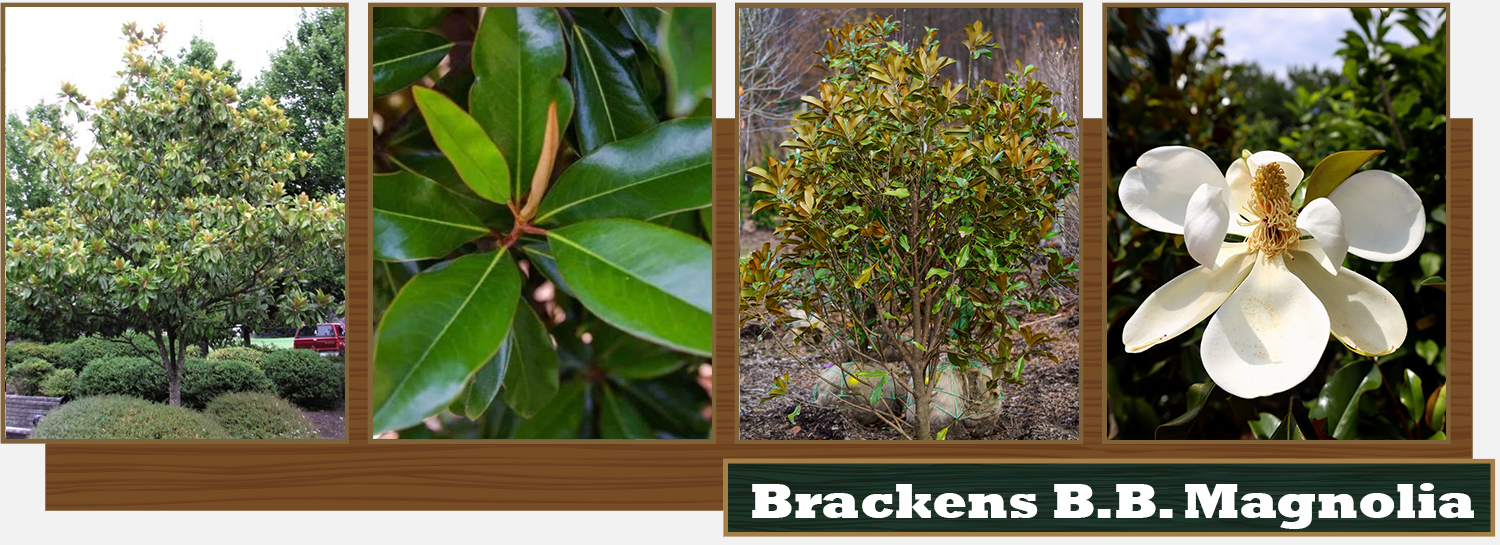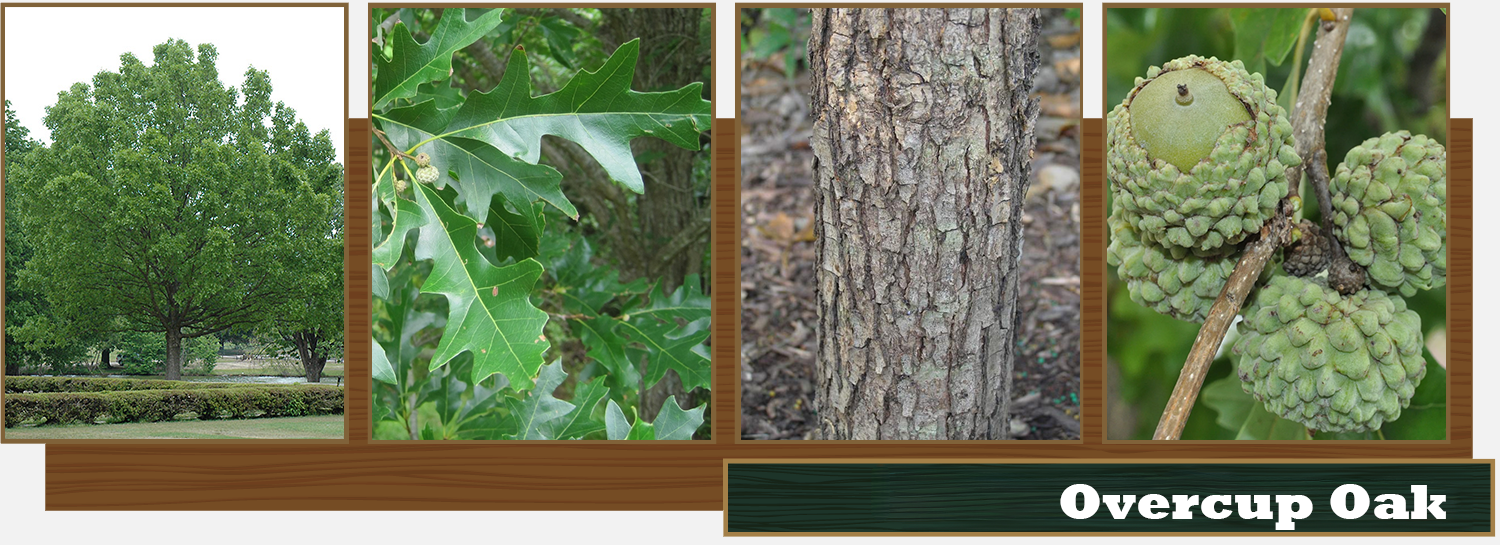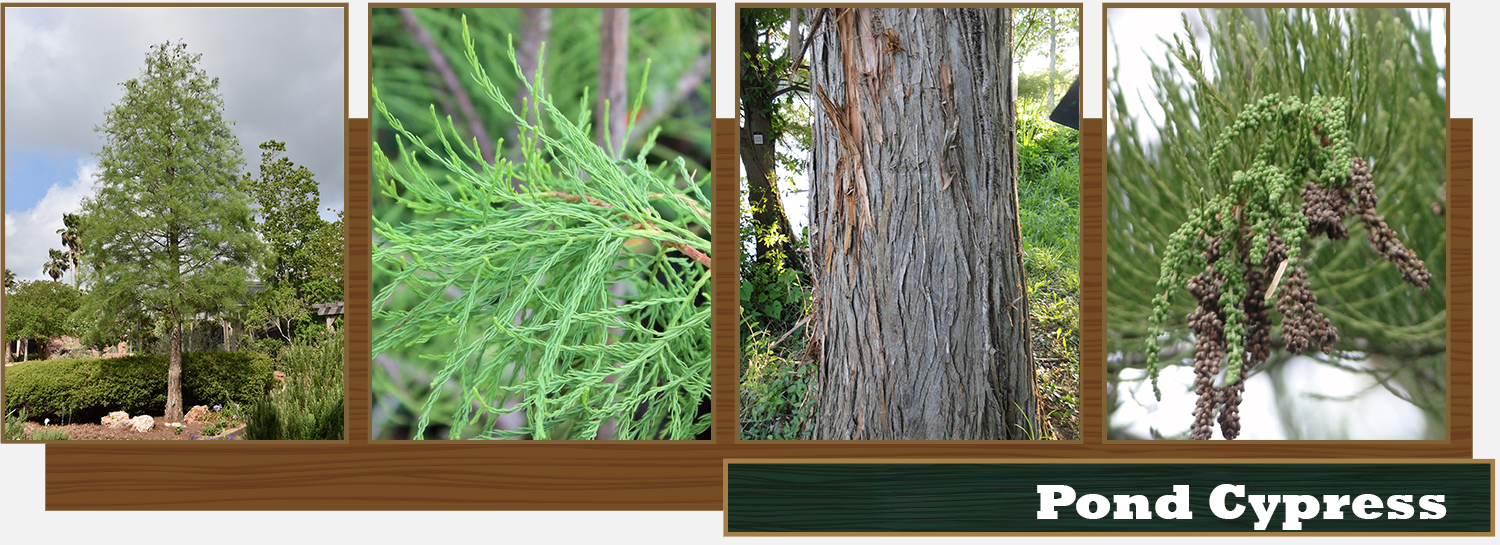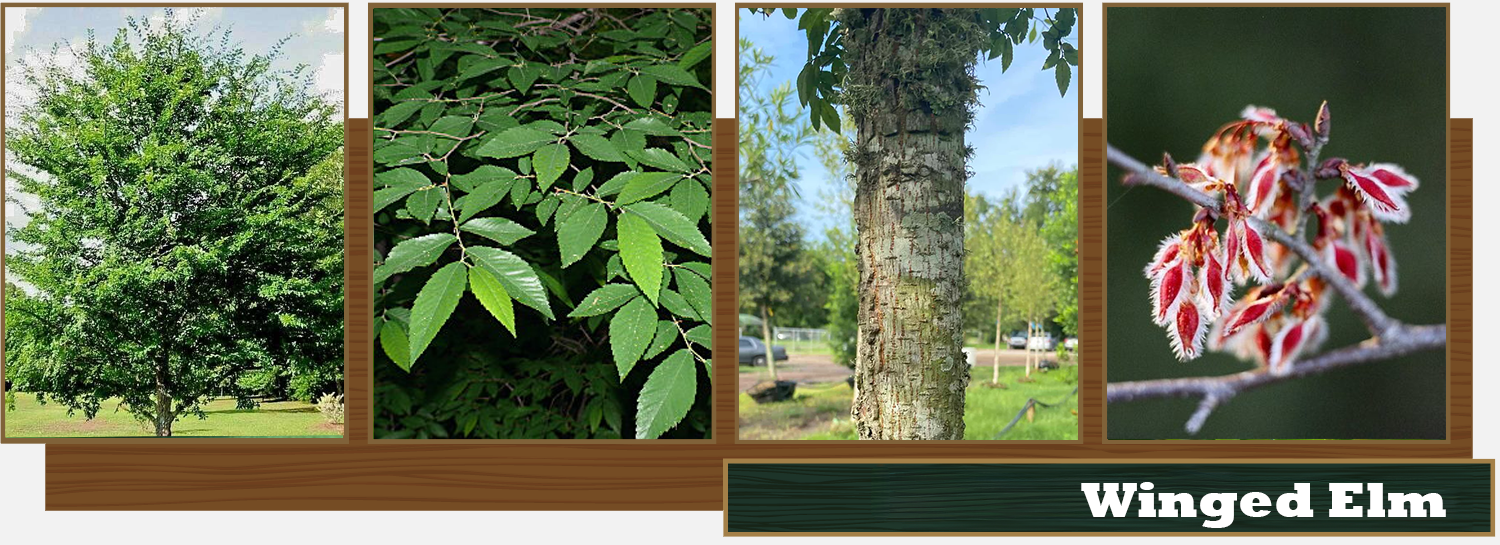2025/2026 Adopt a Tree Program
Every year, the City of Tallahassee provides and plants trees for eligible homeowners to help cultivate the urban forest canopy. The trees, depending on the species, are between 5 and 8 feet in height and are species native or cultivars of native species to the southeast. Eligible homeowners living within the City limits may request up to 4 trees to be planted in the front yard within 100’ of the centerline of the public roadway and agree to keep each tree watered for one (1) year.
City staff will assist the homeowner with tree placement and installation. Tree planting will begin in December, and trees are available on a first-come, first-served basis, so get your application in quickly!
Residents residing within unincorporated Leon County are encouraged to explore the County’s Adopt-A-Tree program.
Tree species offered this year:

Sold Out
Brackens Brown Beauty Magnolia is a compact, evergreen tree known for its glossy dark green leaves with rusty-brown undersides and large, fragrant white flowers. It grows 30-50 feet tall and 15-30 feet wide, making it ideal for smaller landscapes. This cultivar is prized for its cold hardiness, dense foliage, and year-round beauty. It thrives in full sun to part shade, prefers well-drained acidic soil, and requires minimal maintenance once established. Often used as a specimen tree or privacy screen, it's one of the most adaptable and resilient Southern Magnolia varieties.

Overcup Oak is a hardy, deciduous oak tree native to the southeastern and central U.S., known for its adaptability to wet, poorly drained soils. It typically grows 40-60 feet tall with a broad, rounded crown and distinctive lobed leaves that turn yellow-brown in fall. Named for its unique acorns, which are almost entirely enclosed by a warty cup, the Overcup Oak is flood-tolerant, making it ideal for bottomlands, wetlands, and low-lying areas. It's slow-growing but long-lived, offering strong wood and high wildlife value, especially for birds and mammals. Tolerant of both wet and moderately dry conditions, it’s a low-maintenance, resilient shade tree suitable for parks, large yards, and naturalized landscapes.

Pond Cypress is an adaptable and wind-tolerant species featuring a conical silhouette that loses its needles each winter and grows a new set in the spring. Its foliage begins with a soft, bright green that turns rich shades of orange, red, and golden brown in the fall. This tree is a spectacular feature along pond edges or within rain gardens but can also be grown in dry locations. This tree is virtually maintenance-free, requiring no pruning, and is pest and disease-resistant! This fast-growing canopy tree can reach between 45-60' at maturity, so it does need plenty of space.

Sold Out
Winged Elm is this year’s smallest growing tree with a top height average of 40-50’ but has been found to reach upwards of 90’ in certain habitats. It is a fast-growing deciduous tree, quickly identified by the corky, wing-like projections which appear on the opposite sides of twigs and branches. This tree can be found growing in wet sites as well as dry and prefers full to partial sun. During Autumn, the leaves turn bright yellow and in late winter, small red flowers mature in clusters. This is one of the most adaptable trees!
Use the form below to submit your request. Questions can be emailed to adoptatree@talgov.com or answered by calling 850-891-5450.